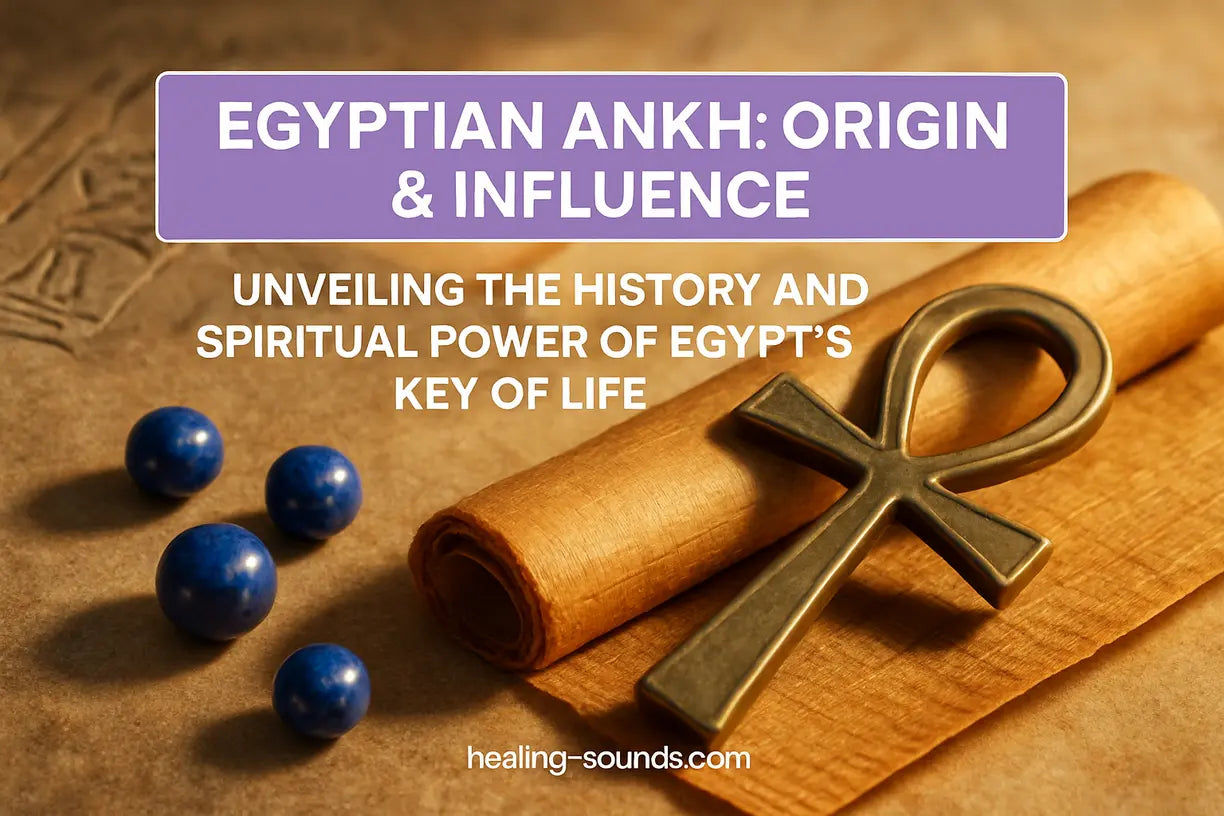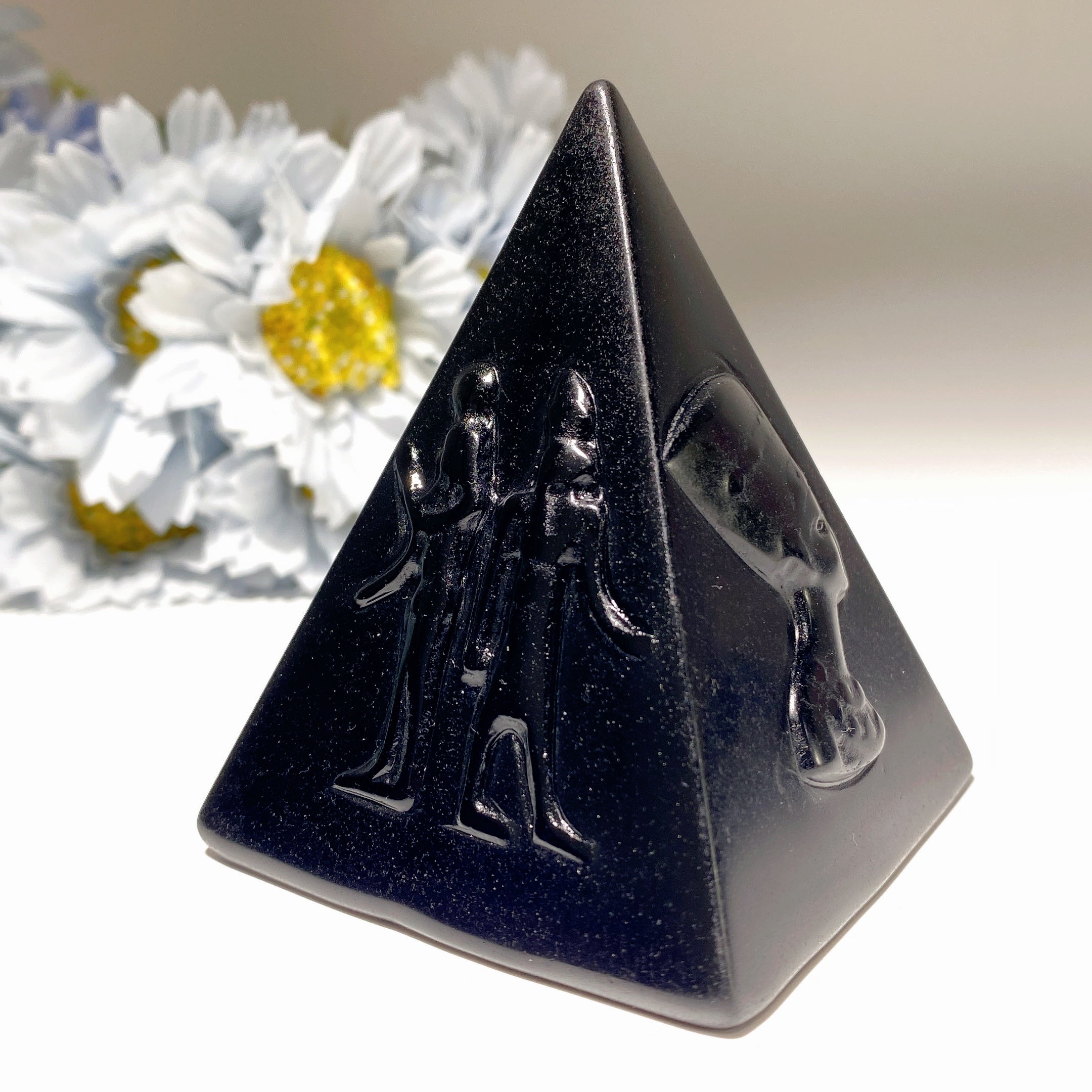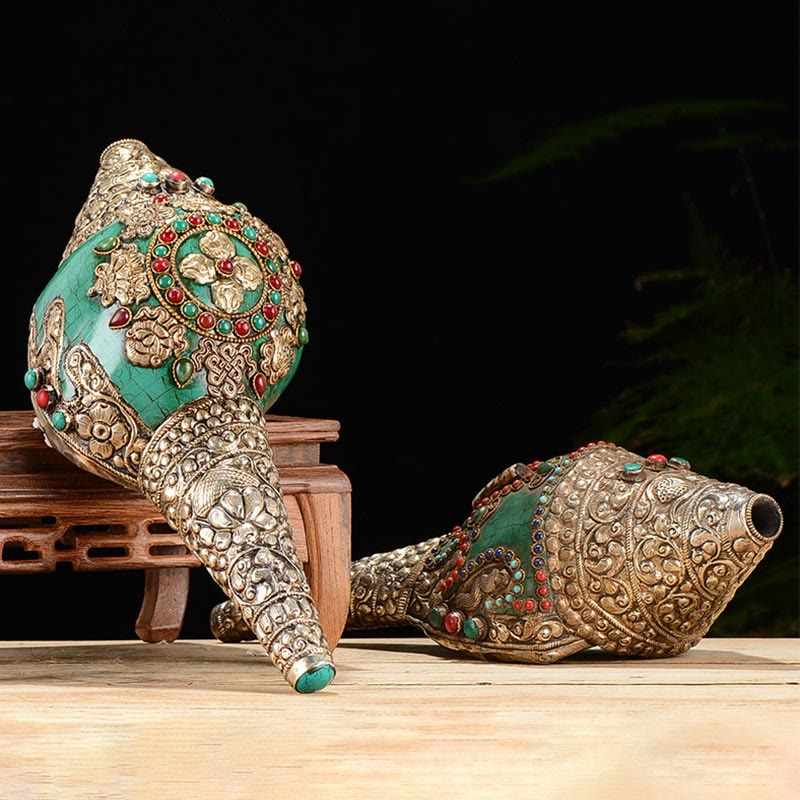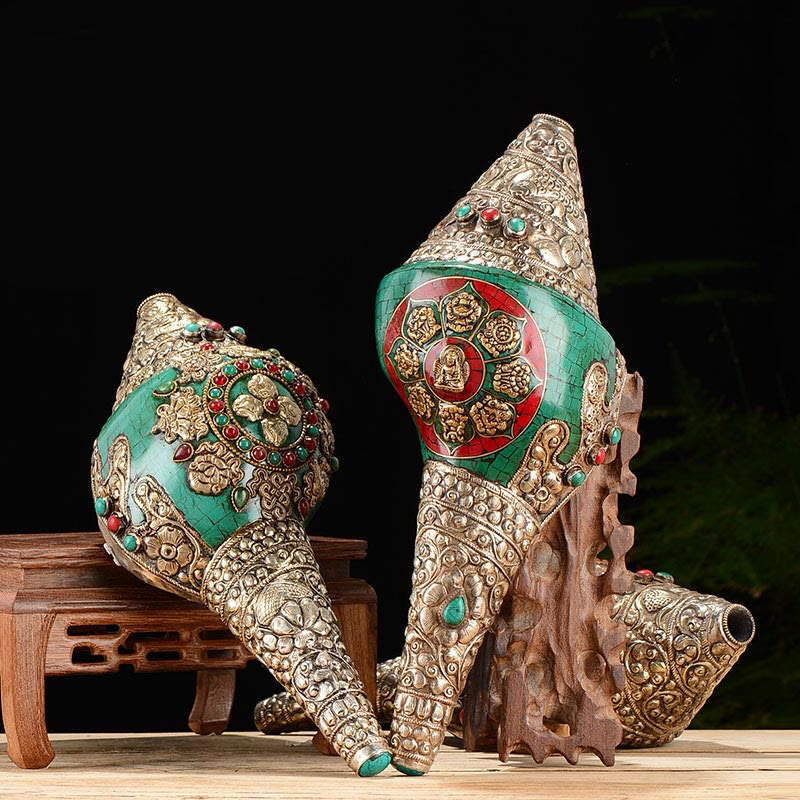The Egyptian ankh stands as one of history's most recognizable and profound symbols. Emerging from the rich tapestry of ancient Egyptian civilization, this elegant hieroglyph, often called the "key of life," has captivated historians, spiritual seekers, and art lovers for millennia. Its simple yet powerful design—a cross topped with a teardrop-shaped loop—holds within it the very essence of existence as understood by one of the world's most enduring cultures.
If you've ever been drawn to the mystique of ancient Egypt, you've undoubtedly encountered the ankh. But what is its true origin, and what role did it play in the daily lives, spiritual beliefs, and grand funerary rituals of the pharaohs? This article delves into the history of the ankh, exploring its origins, its multifaceted symbolism within Egyptian culture, and its journey from a sacred hieroglyph to a timeless icon of life itself.
What is the Egyptian Ankh? Unraveling the 'Key of Life'
The ankh is an ancient Egyptian hieroglyphic symbol that represents the concept of life, both earthly and eternal. Known in Latin as the crux ansata (meaning "cross with a handle"), it is a hybrid of a looped oval and a Tau cross. In ancient inscriptions, it was used for the Egyptian verb "to live" and the noun "life." The symbol was not merely an abstract concept; Egyptians believed it held tangible power. Deities were often depicted holding the ankh, signifying their command over life and death and their ability to bestow life upon mortals.
The symbol's visual components are deeply significant:
- The Loop: Many scholars believe the loop represents the sun rising over the horizon, the womb, or eternal life and divine knowledge. It symbolizes the feminine aspect, or the creative power of goddesses like Isis.
- The T-Shaped Bar: This component is often interpreted as the masculine aspect or the earthly, material world. It represents the extension of life and energy outwards.
Together, they form a powerful symbol of unity, creation, and the integration of masculine and feminine energies to create life. It is a complete picture of existence—encompassing the heavens, the earth, and the life that connects them.

The Ancient Origins and History of the Ankh Symbol
The precise origin of the ankh hieroglyphics remains a topic of scholarly debate, its beginnings shrouded in the mists of pre-dynastic Egypt. It appeared as early as the First Dynasty (c. 3150 - 2613 BCE), making it one of the most ancient symbols in Egyptian history. Several theories attempt to explain its initial form and meaning.
One popular theory suggests the ankh originated as a representation of a sandal strap, a practical and essential item in daily life. Another compelling theory, proposed by Egyptologist Sir Alan Gardiner, is that it represents the knot of a ceremonial girdle or sash, similar to the tyet knot associated with the goddess Isis. Other interpretations propose it symbolizes the rising sun, the union of heaven and earth, or even a stylized representation of the human vertebrae. Regardless of its exact physical origin, its symbolic meaning as "life" was established very early in Egyptian history and remained consistent for over 3,000 years, a testament to its cultural importance.
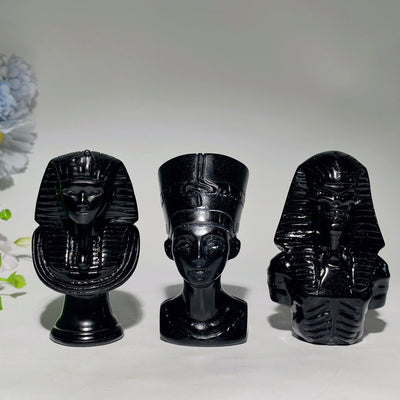
Polished Black Obsidian Egyptian Carvings Figurines 3-4.7 inch
$29.90 $39.90
Explore ancient Egyptian spirituality with these obsidian figurines, perfect for symbolizing the timeless power of the ankh.
Explore ProductThe Ankh's Role in Ancient Egyptian Culture and Spirituality
In ancient Egypt, the ankh was far more than a simple character in written language; it was a pervasive symbol woven into the fabric of religion, royalty, and the afterlife. Its presence in temples, tombs, and personal amulets underscored its central role in the spiritual landscape of the Nile Valley. For a detailed exploration of its meaning, the World History Encyclopedia provides excellent academic context.
A Gift from the Gods
The most common depiction of the ankh shows a deity offering it to a pharaoh. Gods like Ra, Anubis, and especially Isis are frequently illustrated holding the ankh by its loop, extending it towards the nostrils of the king. This act symbolized the transference of the "breath of life"—a divine gift that not only sustained the pharaoh's life on Earth but also guaranteed his rebirth in the afterlife. This scene reinforced the pharaoh's divine right to rule, positioning him as the sacred intermediary between the gods and humanity.

Symbol of Eternal Life and the Afterlife
Nowhere was the ankh's power more crucial than in funerary contexts. Egyptians had a complex and hopeful view of the afterlife, believing death was merely a transition to an eternal existence. The ankh was a key tool in ensuring this journey was successful. It was painted on tomb walls, carved into sarcophagi, and placed on the mummy itself, often held in the deceased's hands. Its presence was a powerful magical invocation for resurrection, ensuring that the soul would be revitalized and live forever in the Field of Reeds, the Egyptian paradise.
- Resurrection: Guaranteed the rebirth of the deceased.
- Purification: Often depicted in scenes where life-giving water, shown as streams of ankhs, purifies the soul.
- Protection: Served as a protective amulet against evil forces during the perilous journey through the underworld.
The Ankh as a Symbol of Power and Authority
Beyond its purely spiritual connotations, the ankh was a potent symbol of power. As the vessel of divine life, it was intrinsically linked to the authority of the gods and, by extension, the pharaoh. The symbol was also used in temple rituals, where priests would hold ankh wands. Its meaning extended to concepts of fertility and regeneration, linking the life of the individual to the life-giving cycles of the Nile River, which was the foundation of Egyptian civilization.

To further understand the mystery and deep meaning behind this powerful symbol, watch the video below. It offers a visual journey into the world of the ankh and its significance.
From Ancient Hieroglyph to Modern Icon
The influence of the ancient egyptian ankh did not end with the fall of the pharaohs. Its elegant form and profound meaning have allowed it to transcend time, becoming a globally recognized symbol. Today, it is embraced by various spiritual paths, including Kemeticism (modern Egyptian paganism) and New Age movements, as a symbol of life, wisdom, and spiritual awakening. It is a popular design for jewelry, tattoos, and home decor, worn and displayed by people who feel a connection to its ancient energy and timeless message of life's continuity.
Connect with Ancient Symbolism
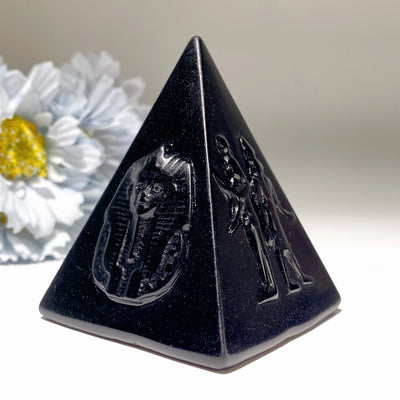
3 Inch Black Obsidian Pyramid with Egyptian Carvings
$29.90
$39.90
Channel Egyptian energy and ankh hieroglyphics with a carved obsidian pyramid for meditation, decor, or altar use. Learn more ➔
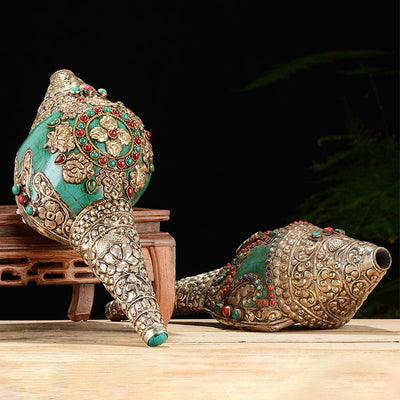
Tibetan Handmade Double Dorje Shankha Conch Decor 31x12cm
$1,309.99
$1,599.99
Bring ancient symbolism into your space—this engraved conch represents life, much like the revered Egyptian ankh. Learn more ➔
The Ankh in Other Cultures and Religions
The ankh's powerful symbolism occasionally crossed cultural boundaries. One of the most notable instances is its connection to Christianity in Egypt. As Christianity spread through the region from the 1st century AD, the native Coptic Christians adopted the ankh, seeing its life-affirming meaning as compatible with the promise of eternal life through Christ. It is widely believed that the ankh directly influenced the design of the Coptic Cross, also known as the crux ansata. This historical link is explored in collections at institutions like The Metropolitan Museum of Art.
Conclusion
From a mysterious hieroglyph on an ancient temple wall to a global symbol of life and spirituality, the Egyptian ankh has journeyed through history with its core meaning intact. It is a powerful reminder of the ancient Egyptians' sophisticated understanding of life, death, and the divine. The ankh represents the breath of life, the promise of eternity, the union of opposites, and the sacred power that flows through all creation. Its enduring legacy is a testament to the timeless human quest for meaning and our deep connection to the symbols that help us understand our place in the universe.
Frequently Asked Questions about The Egyptian Ankh
To ancient Egyptians, the ankh was a primary symbol of life and existence. It represented not only mortal life but also the promise of eternal life in the afterlife. Deities often bestowed it upon pharaohs as the "breath of life," signifying divine authority and ensuring their resurrection after death.
Yes, it is perfectly okay to wear the ankh. Today, it is widely seen as a symbol of life, spirituality, and appreciation for ancient cultures rather than a strictly religious icon. People from all backgrounds wear it as jewelry to connect with its timeless message of life, wisdom, and protection.
The ankh is not a traditional Christian symbol, but it holds historical significance for the Coptic Christians of Egypt. They adopted the ankh in the early centuries of Christianity, reinterpreting its meaning of "life" to align with Christ's promise of eternal life. The ankh is considered a direct predecessor to the shape of the Coptic cross.
The ankh is not an Islamic symbol, as it originates from ancient Egyptian polytheistic beliefs. The permissibility of wearing it is a matter of personal interpretation within Islam. Some may view it as a cultural or historical artifact, while others might avoid it due to its non-Islamic religious origins.
The ankh dates back to the Early Dynastic Period of Egypt (c. 3150 BCE). While its exact visual origin is debated (theories include a sandal strap or a ceremonial knot), its symbolic meaning as "life" was established very early. For over 3,000 years, it was a central hieroglyph in Egyptian religion, representing divine power, creation, and eternal existence.

